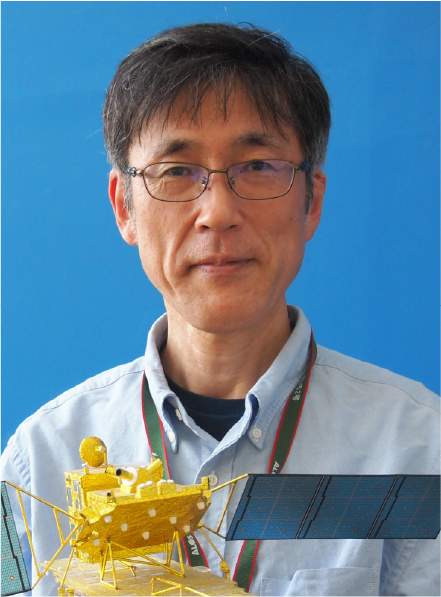

Shinichi SOBUE
Japan Aerospace Exploration Agency
Shin-ichi Sobue got a master degree of engineering from Toyohashi university of Technology in Japan in 1989 and got a philosophical doctor of engineering from Kennedy-Western University in USA in 2000. His major is image data analysis of earth observation data. He joined JAXA in 1989 and had been work for earth observation satellite ground system development and data research management. From January 2017 to 2021, he served Advanced Land Observing Satellite-2 (ALOS-2) project manager. From 2022, he serves deputy chief officer of Earth Observation missions and ALOS-2 mission manager in JAXA. He also plays a role of co-lead of GEOGLAM Asia-RiCE team, ISPRS commission I workgroup 1 co-chair and vice president of remote sensing society of Japan.
Special Session 01: Space Agency Perspectives on the Remote Sensing of the Earth
02 August (Wednesday) | 10:20am – 12:20pm │MR335
JAXA's Earth Observation Mission
Japan Aerospace Exploration Agency (JAXA) plays an important role to provide solutions to the various societal challenges through its Earth observation satellites. Since the satellites can monitor over the world, the data should be used for the global challenges. Launched in January 2006 and decommissioned in April 2011, ALOS (Advanced Land Observing Satellite), also known as Daichi, was a Japanese Earth observation mission. The mission's objectives called for high-resolution microwave imagery, for applications in cartographic mapping, regional observation, disaster monitoring and resource surveying. ALOS mission was completed its operational phase on 12 May 2011 after failing due to a power anomaly. Launched in May 2014, the imaging radar satellite ALOS-2 (Advanced Land Observing Satellite-2), also known as Daichi-2, features an imaging microwave radar, PALSAR-2 (Phased Array type L-band Synthetic Aperture Radar-2). PALSAR-2 has a significant advantage over its predecessor PALSAR (which flew on board ALOS) in that it has a wider range of observation modes to better suit the variety of observations tasked to the satellite. Whilst PALSAR had a minimum spatial resolution of 10 m in strip map mode, PALSAR-2 has a minimum resolution of 3 m in the same mode. The Advanced Land Observing Satellite-4 (ALOS-4) is a satellite to observe the Earth's surface using its on board phased array type L-band synthetic aperture radar (PALSAR-3) with further improved observation performance compared to the predecessor PALSAR-2 aboard the ALOS-2. The observation swath will be drastically increased from 50 km to 200 km while keeping the high resolution. By using this wide swath width, ALOS-4 will increase the observation frequency to once every two weeks so that disaster prevention agencies can find abnormal changes. The paper introduces the role of ALOS missions with international collaboration.
